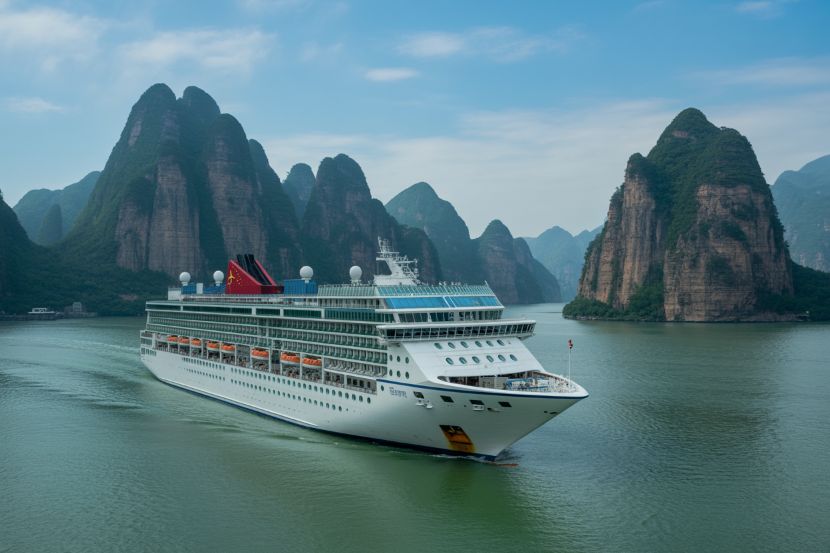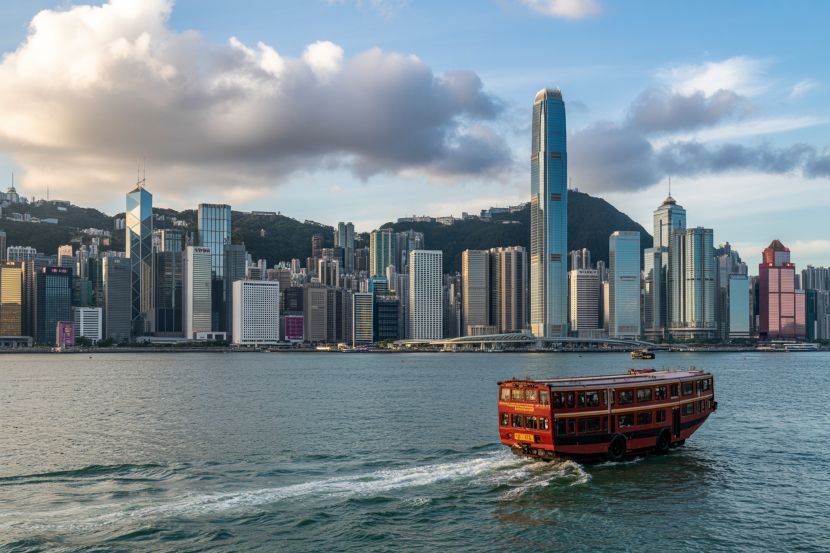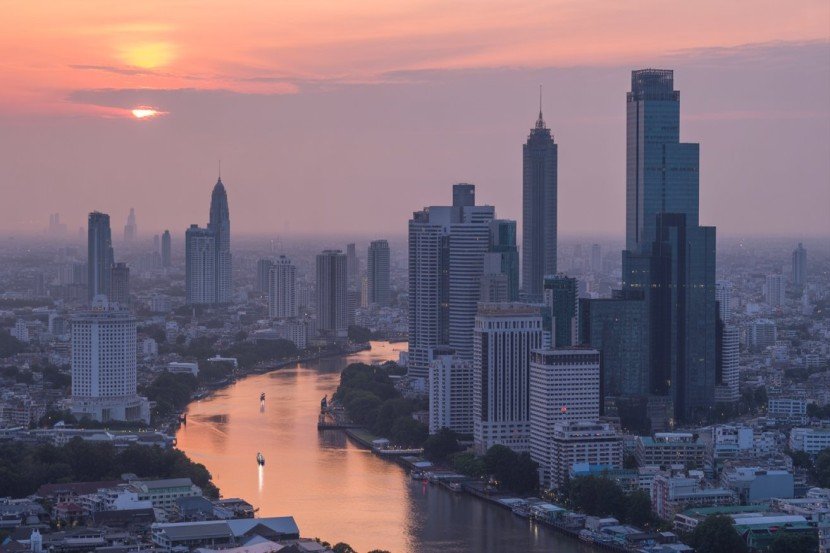Published on
October 20, 2025

In recent months, China introduced a new set of port fees that have forced major cruise lines to reconsider their Asian itineraries. The extension of these fees, which began on October 14, has impacted vessels with U.S. connections, including those flagged, operated, or built in the United States. This move comes in response to similar U.S. tariffs targeting Chinese vessels, setting off a ripple effect in the travel and tourism industry. With fees soaring to millions per visit, many cruise operators are already adjusting their routes, avoiding Chinese ports in favor of neighboring destinations like South Korea. As these changes unfold, cruise enthusiasts and travel professionals alike are keeping a close eye on how China’s new port fees will reshape the future of cruising in the region.
Impact of New Port Fees on U.S.-Connected Cruise Ships
On October 14, China imposed new special port fees that primarily target cruise ships with ties to the United States. This includes ships that are owned, operated, or flagged in the U.S. The move is seen as a retaliatory action in response to similar actions taken by the U.S. Trade Representative against Chinese-owned cargo vessels. These fees are expected to significantly raise the cost of visiting Chinese ports for these cruise ships, with estimates running into millions of dollars per docking.
The weight of these new fees is already evident. For example, the Oceania Cruises ship Riviera, owned by Norwegian Cruise Line Holdings, was scheduled to stop in Shanghai as part of a two-week cruise from Japan. However, after learning of the hefty port fees that could cost the ship approximately $1.6 million, the Riviera skipped Shanghai and diverted to Busan, South Korea, instead.
While this issue predominantly affects ships from U.S.-based companies, other international lines with operations in China may also face the same problem. Royal Caribbean’s Spectrum of the Seas, which homeports in Shanghai, was granted a temporary waiver from these fees, allowing it to continue its service without issue. However, this exemption may not apply to all ships, and foreign-based cruise lines might face more stringent rules moving forward.
The Steep Cost of Port Fees
The new fees can add up rapidly for large cruise ships, which are considerably bigger than most commercial vessels. At about $56 per net ton, a ship like the Spectrum of the Seas, which weighs 169,379 gross tons and carries up to 7,150 passengers and crew, would have to pay over $9 million per docking in China. By 2028, the fees are expected to climb to $157 per ton, potentially pushing the cost of a single docking for a large ship to more than $26 million.
Given these steep costs, it’s no surprise that cruise lines are rethinking their visits to Chinese ports. For many U.S.-based cruise lines, which regularly visit destinations like Shanghai and Hong Kong, these fees may no longer make financial sense. As a result, alternative ports in neighboring countries are becoming more attractive, such as South Korea, Japan, and others in Southeast Asia.
Adjustments by Major Cruise Lines
Several major cruise lines are already adjusting their itineraries in response to the new fees. The Disney Cruise Line, for instance, had previously planned stops in Shanghai. However, the company is now reconsidering its schedules, with cancellations likely as the fees escalate. This situation is mirrored by other cruise giants like Carnival Corporation and Norwegian Cruise Line Holdings, both of which are re-evaluating their future China-bound itineraries.
Interestingly, the MSC Bellissima, a ship operated by Swiss-owned MSC Cruises, is one of the few foreign ships still docking in Shanghai. However, it sails under the Maltese flag, exempting it from these new charges. This has led some experts to suggest that, for now, vessels flagged outside of the U.S. may have a financial edge when visiting Chinese ports.
Travel Tips for Cruisers Visiting Asia
For travelers who have booked cruises in Asia, particularly those with stops in China, there are a few things to keep in mind:
- Check Itinerary Changes: Be prepared for potential changes in your cruise itinerary, especially if your ship is U.S.-based. It’s wise to stay updated on any port cancellations or substitutions, as cruise lines are adjusting their routes regularly.
- Alternative Destinations: If your cruise previously included Chinese ports, check if there are exciting new destinations in South Korea, Japan, or Southeast Asia. These regions offer rich cultural experiences, incredible food, and scenic views.
- Flexible Booking: Consider booking with a flexible cancellation policy, especially if you are planning a trip in the next few months. This allows you to easily adjust your plans in case ports in China remain off-limits for foreign ships.
- Stay Informed: Stay connected with your cruise line for real-time updates on itinerary changes. This will help you avoid surprises and ensure that you can make the most of your travel experience.
The Future of Cruise Travel in Asia
As China’s port fees continue to rise, it’s likely that more changes will take place in the cruise industry in Asia. With escalating fees, particularly for U.S.-based ships, many operators will likely continue to reroute vessels away from Chinese ports to avoid the financial burden.
At the same time, this may lead to an increase in cruise tourism to neighboring regions, such as Japan and South Korea, where cruise ports are eager to accommodate rerouted vessels. These shifts could shape the cruise industry in Asia for years to come, with travelers discovering new and exciting destinations off the beaten path.









